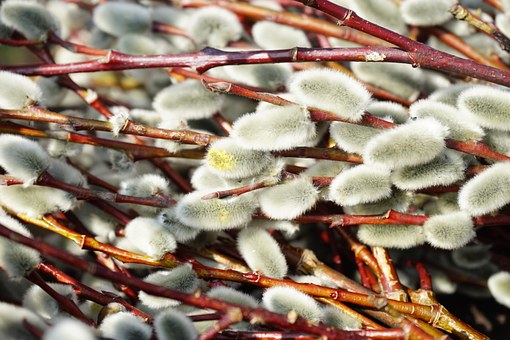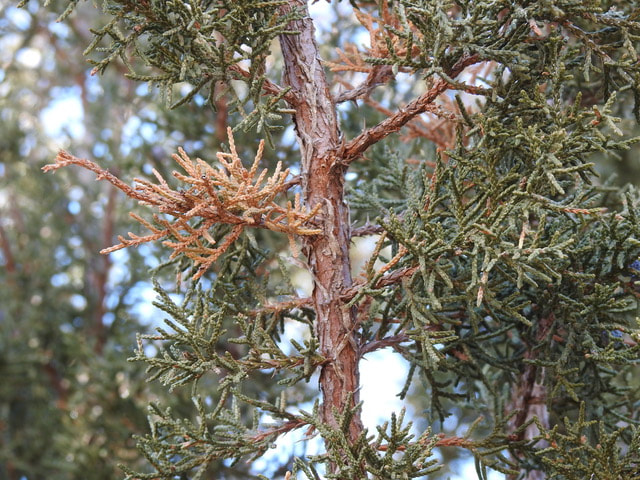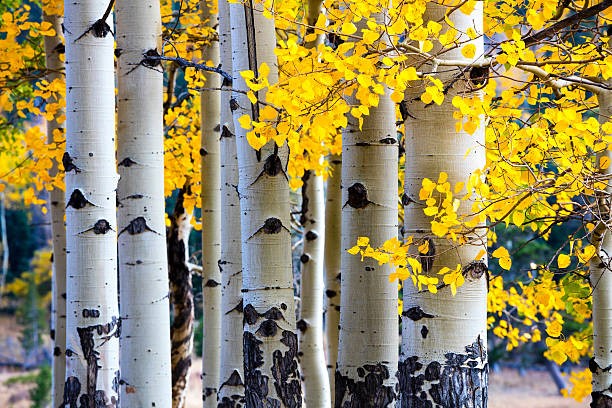|
Every morning on my way to the Bosque I keep a sharp eye out for subtle changes in the color of the Coyote Willows - Salix exigua - that line the ditches and the river. In a month or so these slender shoots and bushes will turn burnt orange or a deep rose red (depending on the soil). Here in Abiquiu they signal that spring is on the way. These flexible fronds are used by so many Indigenous peoples to make baskets, trays, etc – some even use them as thread. What I love best is their shape-shifting color especially when framed against an azure sky.
Because I have two ‘home places’ I also think of another willow – Salix discolor – commonly called the native Pussy Willow. By mid February I am impatiently waiting for the first fuzzy paws to appear on the bushy branches of the pussy willows on my property. In Maine, winters are long and the advent of the pussy willow signals the coming shift of seasons long before it becomes apparent in more obvious ways, except for the warming sun. Snowfall is often heaviest during this month, and I have been known to tramp through heavy snow on snowshoes to reach some of my favorite clumps. I clip a few twigs from each bunch to put in the house.
0 Comments
d you know that the Federal government is overseeing a program of massive deforestation on Western public lands? Some 7.4 million acres of pinyon-juniper forest in the care of the Bureau of Land Management in Nevada, Utah and southern Idaho are targeted for destruction over the next several years.
The Bureau of Land Management (BLM) and Soil Conservation Groups are using Tebuthiuron, an herbicide to ‘control ‘unwanted plant growth. BLM, in partnership with the San Juan Soil and Water Conservation District and the Farmington Field Office here in New Mexico, treated approximately 9,000 acres of juniper, pinion, sagebrush and other plants beginning last October. These treatments occurred on BLM-managed, State, and private lands within San Juan, Rio Arriba and Sandoval counties. The herbicide was dropped by low flying planes to kill trees, especially junipers, sages, shrubs, and vines “to keep land from being taken over” by anything besides grasses and forbs for grazing. The poison must be activated by “adequate” rainfall to penetrate the soil. It is absorbed by the roots of targeted plants to a depth of two feet, and transported to the leaves and needles where it kills the offending tree or plants (slowly) by inhibiting the plants’ ability to photosynthesize. Every morning I set off to the river and to my refuge, the Bosque, walking under dying cottonwoods whose bark is peeling away from dead tree limbs. Just in the past summer a few of these magnificent matriarchs have crashed to earth providing nutrients that will one day support some other kind of ‘tree of life’.
My dreams tell me that new as yet unknown species will begin life here, offering me comfort because as a dreamer I have learned that my dreaming body knows what I do not, no doubt because she is attached to the body of this precious earth. When I pass by the coyote willows I think about how cottonwoods, aspens, and poplars are part of the Willow family. Recent genetic testing reveals that this diverse group also includes passiflora (my beloved passionflowers) and wild violets too! – I was astonished by this last piece of information until I realized that all require adequate water to thrive. |
Submit your ideas for local feature articles
Profiles Gardening Recipes Observations Birding Essays Hiking AuthorsYou! Archives
October 2025
Categories
All
|



 RSS Feed
RSS Feed